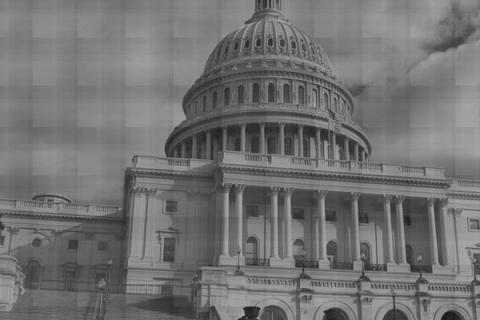California'sgreen initiatives may well be aided by President Obama'sstimulus package, but for the time being, the economic collapse isputting the kibosh on many of the state's nascent greenbusinesses. One of the most promising and well-financed of thosebusinesses is OptiSolar of Hayward, which has been forced to delayits plans for a Sacramento manufacturing facility that would havecreated up to 1,000 badly needed jobs.
Not only does thissetback impact economic development in the capital region, but it mayalso have a long-term effect on our ability to convert powerconsumption to renewable resources and lessen our reliance on fossilfuels from volatile Middle-Eastern and South American countries.
According to arecent article in the San Jose Mercury News, OptiSolarhas been forced to announce a layoff amounting to nearly half of thecompany's 600-person workforce -- and an indefinite delayin its plans for converting a million square foot McClellan Air Basefacility into a modern plant that would produce thin-filmphoto-voltaic solar panels. The Sacramento retrofit of the formerAir Force facility was well underway, with the installation ofmanufacturing equipment already begun. The company called itsdecision "a bitter pill," but says it will meet existingcommitments to deliver power to PG&E and a Canadian customer onschedule.
It'simportant to realize that OptiSolar's business plan has nothingto do with rooftop solar installations that remain difficult tojustify for the average homeowner, but the development and managingof solar farms on large tracts of un-unused land on which megawattsof power would be gathered and transferred to the state's powergrid. This type of installation promises so many long-term benefitsthat it clearly deserves the opportunity to succeed.
And California hasdone as much as any government entity to make large-scale solar powera reality. Much of the financial backing for OptiSolar and similarcompanies (including BrightSource Energy of Oakland, which recentlyannounced the world's largest solar deal hasbeen structured around investment tax credits. With approval of thefederal stimulus package, more help is on the way. But it may taketoo long to get here.
Part of thestimulus bill is a $20 billion allocation to what's called a"smart power grid" for the entire country. Smart grid is a catchphrase that encompasses a broad array of utility applications thatenhance and automate the monitoring and control of electricaldistribution, and is believed to be better suited to renewable energysources than the aging energy distribution system in current use.
But a similarapproach to nationwide broadband infrastructure has already beenhacked out of the bill, and a concerted effort to find "shovel-readyprojects" covering more traditional concrete infrastructurecould yet jeopardize renewable energy initiatives. To the moreconservative political players, renewable energy has always smackedof "new-age" utopian thinking, while drilling for moreoil has seemed the more reliable and quicker route to energyindependence.
The stimulus plancontains other, important provisions in support of renewable energyincluding a manufacturing tax credit and a renewable grant program(which is particularly helpful to companies that are not yetprofitable and thereby have no major need for tax credits). But thebulk of stimulus funding is contained in provisions to enhance thenation's power grid.
Smart funding bythe government should be forward-leaning -- much as thevisionary development of an interstate system was in the 1950s. Itshould include funding to reduce our reliance on foreign andpolitically risky sources of energy, and ensure that we get therefaster. If it also provides employment opportunities, than thematter becomes a no-brainer. Why, then, is the industry goingbackwards at this crucial juncture? And why does funding largelysupport this effort through smart grid technology that is likely totake years to have any real impact? Doesn't it make more senseto kick re-start businesses that show so much promise on all fronts?
Imagine a future inwhich our children look at pictures of a dilapidated building on thegrounds of the old McClellan Air Base , and ask "why didn'twe do better?" We must not turn California into the newrust-belt when the future is so close to reality.
